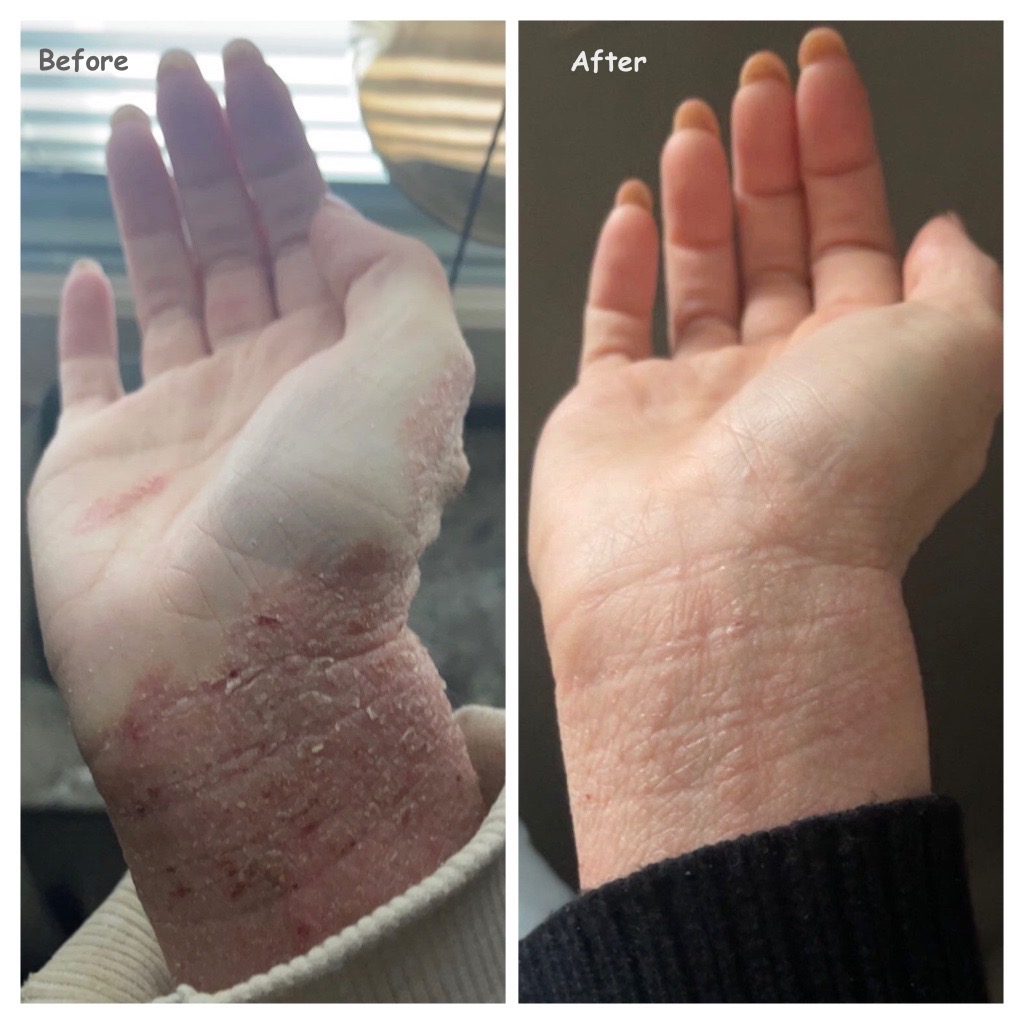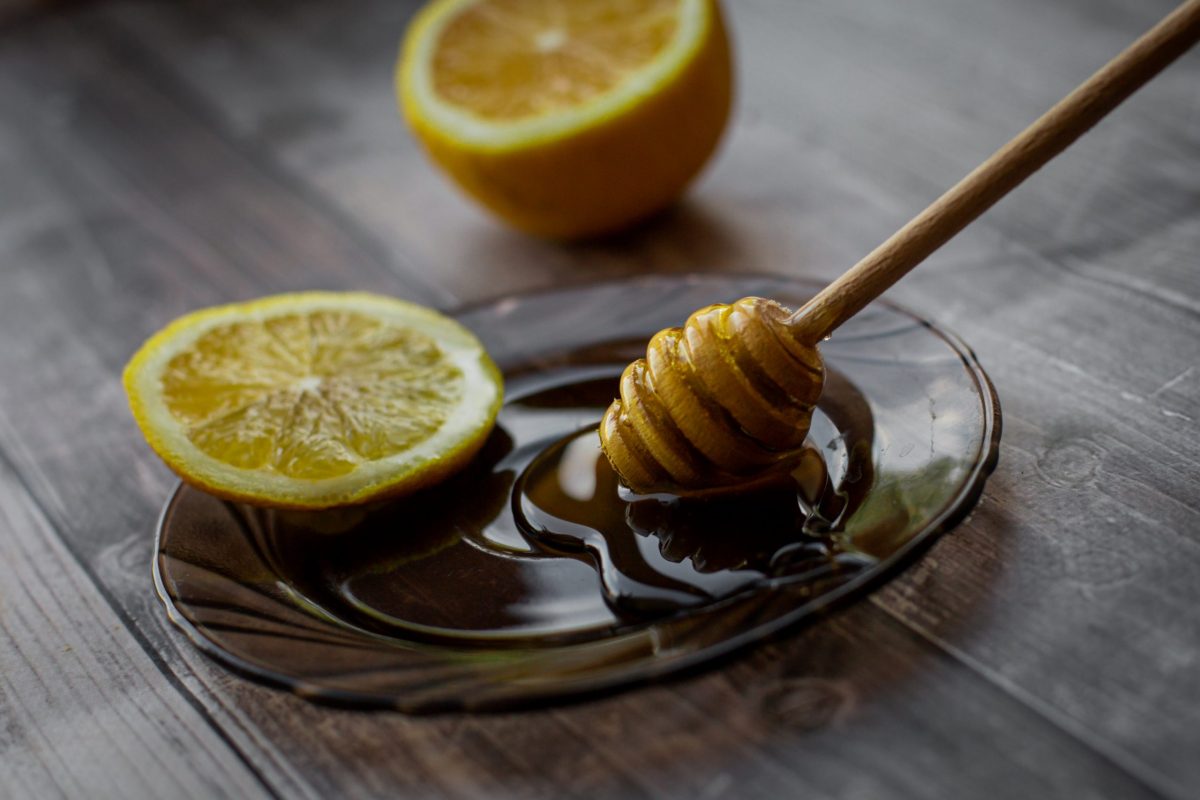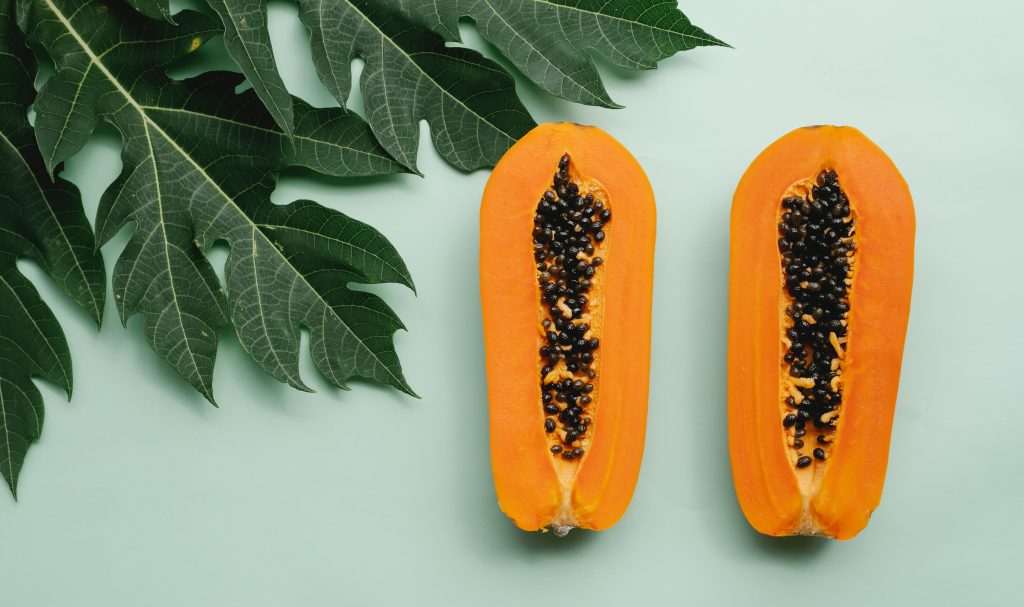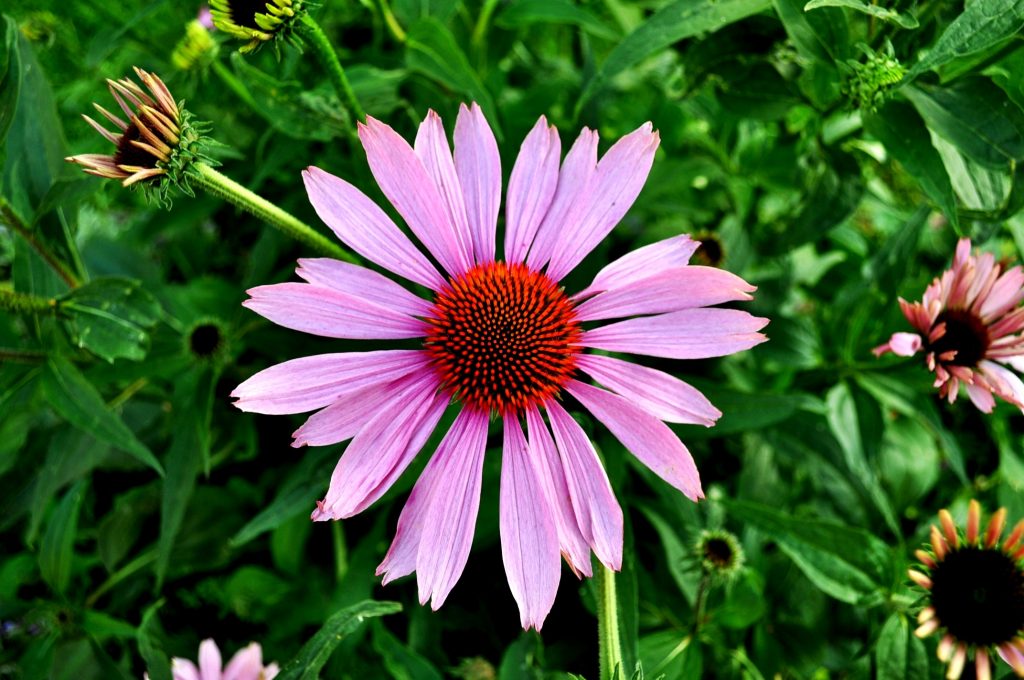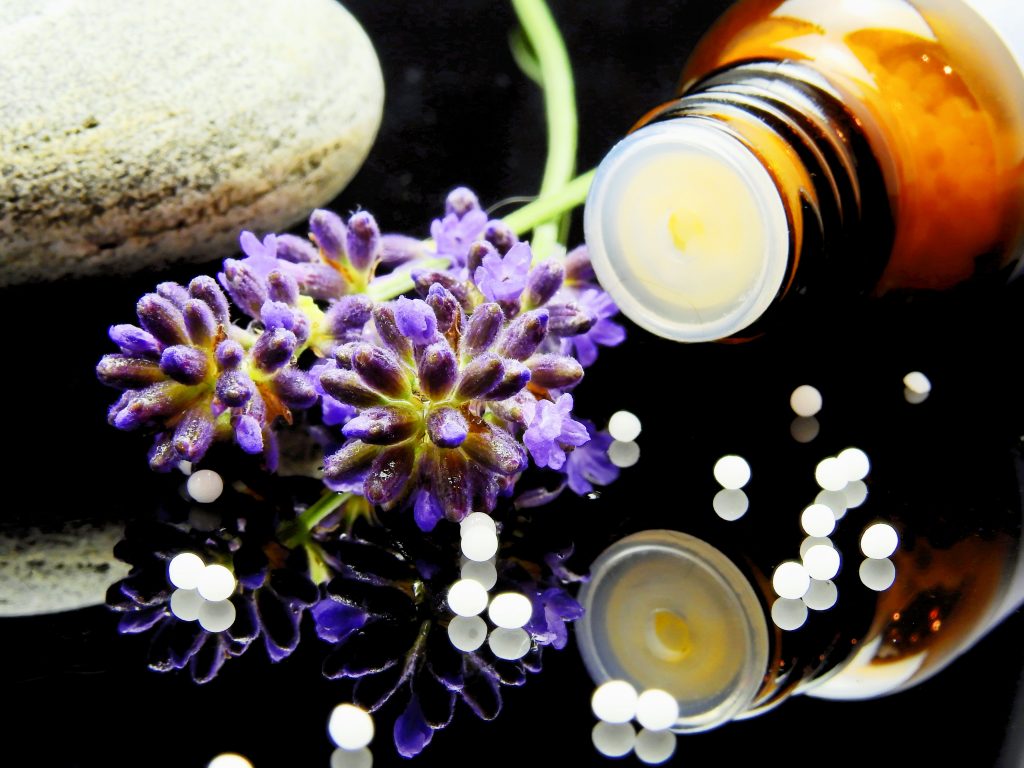
Topical Steroid Withdrawal and Red Skin Syndrome generally describe the set of overlapping symptoms experienced after the prolonged use of topical steroids. Although these symptoms may be physically discomforting and emotionally offsetting, but there are no agreed protocols in conventional medicine to treat them. On the other hand homeopathy and other Complementary and Alternative Medicines have been used with considerable success in treating these conditions.
What is Topical Steroid Withdrawal?
The terms Topical Steroid Withdrawal (TSW) and Red Skin Syndrome (RSS) are used interchangeably to describe the set of symptoms experienced after prolonged and indiscriminate use of Topical Corticosteroids (TCS). The length of prolonged use of TCS may vary from several months to a year or even beyond that.
Topical Steroid Withdrawal is also sometimes known as Topical Steroid Addiction (TSA) primarily due to the patient’s physical dependence on corticosteroids, with skin symptoms that worsen after the withdrawal of TCS.
TSW is believed to be a potential adverse effect resulting from TCS overuse, especially where such use has included the face and provided benefit that gradually declines over time. The rebound symptoms, sometimes described as TSW eczema, may be more severe or manifest differently from the initial skin condition.
There is little information in medical literature about what happens when chronic topical steroid therapy is stopped, but more cases of its incidence are being reported in recent times. In a recent study examining patients who ceased long term use of TCS and subsequently developed TSW symptoms, 20% (14 out of 69) of patients were children.
What is the Controversy about Topical Steroid Withdrawal?
It is not widely accepted amongst the medical community that there may be withdrawal symptoms associated with TCS discontinuation after long term use. This may be because traditionally TCS have been recommended intermittently to help skin flare-ups and their long term frequent use has not been studied. In practice however, there have been instances of patients resorting to long term steroid therapy for their skin conditions.
Similarly, a diagnosis of TSW is not easy, because there is no accepted diagnostic criteria for it. The dismissive notion of the medical community to accept TSW as a rationale outcome of steroid overuse can also be a barrier in better understanding this condition.
TSW is frequently discussed on social media platforms, and patients with a history of longterm steroid use are self diagnosing this condition. The difference in opinion between medical practitioners and patients who believe in TSW is a limiting factor in formulating an effective treatment strategy. Failure to acknowledge the concerns of TSW patients adds a psychosocial dimension to this issue.
The National Eczema Association conducted a systemic review in 2015 involving 1085 patients who exhibited TSW symptoms. The authors of this review concluded that TSW is a distinct medical condition, having a unique set of symptoms. This review was updated in 2020 with almost consistent findings.
The non existence of agreed treatment protocols has pushed TSW patients to seek help from online communities, where some people have shared their positive experience of using Complementary and Alternative Medicines such as Homeopathy and Traditional Chinese Medicine.
Are there any side effects of topical corticosteroids?
There is a growing concern amongst patients about TCS side effects, with increasing discussion of TSW particularly on social media platforms.
TCS have a range of know side effects, and patients using them on their face or genitals are more susceptible because of the higher risk of increased permeability on these areas.
Topical steroids work by way of constricting the blood vessels and after their cessation, the symptoms of Red Skin Syndrome may be secondary to vasodilation. Patients at times report Red Skin Syndrome as a stubborn eczema which does not respond to steroids, when this is in fact a consequence of the long term use of steroids. And it is not uncommon in my practice to see patients presenting similarly.
Some other side effects attributed to the use of TCS are the reduction in epidermal thickness, erythema due to vasodilation, hypopigmentation due to reduced activity of melanocytes and purple colour spots and rash. However, the severity of the side effects depends on the length of time and potency of the steroid used. Cautious and discriminate use of steroids is generally considered safe inducing only minimal side effects, which diminish with the passage of time.
Topical Steroid Withdrawal Symptoms

There has been a discussion to suggest that symptoms resulting from TCS discontinuation may be an exacerbation of the underlying skin condition. But there are some features which are typically reported in TSW and those are completely unrelated to the initial skin condition.
Patients coming off steroids after long term use typically report widespread red skin associated with itchiness. This diffusely red skin may develop within days to weeks of ceasing TCS and is generally referred to as TSW eczema.
There are myriad of other symptoms that I see in TSW patients in my practice namely oedema, skin sensitivity, burning pain and excessive skin exfoliation.
Red sleeve sign and elephant wrinkles as commonly observed in TSW get their name from their presentations. Red sleeve sign refers to diffusely red patch ending abruptly at the wrist or ankles, while sparing the palms and toes. Elephant wrinkles is a term that describes thickened skin with reduced elasticity especially on extensors.
Topical Steroid Withdrawal Timeline
There is no agreed timeline to suggest the resolution of TSW, especially when patients are left to deal with this condition themselves due to an absence of approved treatment protocol.
Complete resolution has occurred between weeks to years depending on the severity of symptoms. A study review conducted to asses the improvement of TSW in 24 patients of atopic dermatitis reported improving symptoms in 2 years.
Another study which reviewed the blogs of TSW patients reported that 7 of 13 subjects continued to have active TSW symptoms such as shedding, oozing, pain and itching even 20 months after stopping the use of TCS.
A survey of 3840 participants with self diagnosed TSW found that 26% of those who had stopped using steroids for more than five years reported continuance of some symptoms.
Topical Steroid Withdrawal Treatment
Conventional medicine recommends either the tapering or complete cessation of TCS as a way to manage TSW symptoms. Reported responses to these therapies are inconsistent, with little, if at all any benefit.
Emollients, over the counter antihistamines to control itchiness, ice packs and cold compresses have been used for temporary and partial symptomatic relief. But there is not enough data to asses the efficacy of these measures with any degree of certainty. However, colloidal oatmeal baths have been successfully used to sooth some TSW symptoms.
Homeopathy for Topical Steroid Withdrawal

I have observed in my practice, time and again, homeopathic treatment helping patients with skin issues and in some cases as a last resort, when patients had exhausted other therapeutic choices. And my experience in treating Topical Steroid Withdrawal and Red Skin Syndrome is no different.
Homeopathy visualises skin as one of the organs responsible for eliminating harmful toxins from the body, other such organs being the liver, kidneys and guts. And therefore eczema or other similar skin conditions are treated by supporting the skin and stimulating other organs of elimination.
For example, I have so often come across cases in my practice, where constipation in a patient would reflect on their skin in the form of acne, eczema or erythema. And in such cases the “resetting” of the bowels by use of bowel nosodes or Nux vomica as well as prescribing a suitable remedy for treating skin symptoms, helped my patients enormously. Cures achieved in this manner are not only gentle but also sustainable, because the underlying causes responsible for a pathology are addressed concurrently.
Similarly, at times, a sluggish liver can manifest topical symptoms such as pustule, papule and skin patches accompanied by incessant itching. In such cases my patients have done considerably well on Chelidonium for stimulating the liver alongside the pertinent skin remedy. Organ remedies remain one of the cornerstones of my practice and I have seen them work brilliantly, time and again for my patients.
Now let us decipher as to why Topical Steroid Withdrawal or Red Skin Syndrome may be a consequence of long term use of topical steroids. From the homeopathic standpoint, the use of topical steroids for treating a skin condition is akin to suppressing the symptom. And this is in fact tantamount to driving the toxin deeper in the body, which then returns with greater severity after cessation of TCS. This also explains why the severity of TSW symptoms is proportionate to the potency and longer use of TCS.
TSW is treated in homeopathy, in a similar way as any other skin condition. The arsenal of homeopathic remedies is quite rich and capable of dealing with all different symptoms that are commonly observed in TSW. I have seen a good number of patients, who trusted homeopathy for treating TSW, and they were certainly not disappointed.
At the same time, I also caution my patients about having unrealistic expectations from homeopathy. Homeopathic remedies are subtle in their action and may take some time to take effect. Usually two to three weeks into homeopathic treatment would be a reasonable period to asses its efficacy.
The homeopathic approach in dealing with skin conditions is usually centrifugal, which means driving the symptoms inside out. And in case of TSW, sometimes the suppression of symptoms due to overuse of TCS is so deep, that a patient may experience a flare up of symptoms at the commencement of their homeopathic treatment. But then there are ways to keep the flare under control. One thing remains pretty certain- that the flare up is almost always followed by TSW symptoms diminishing.
Cures achieved in this way are lasting and the chance of their recurrence is often minimal.
Summary
The underlying causes of TSW are not well known, and a better understanding in the future may help explain the persistence of its symptoms for a prolonged period of time. Further research into TSW is required to develop a consensus on diagnostic criteria and treatment protocols.
Existing treatment choices for TSW are limited, and largely patients have to endure the tormenting symptoms of this condition for a long period of time. Although there may not be enough scientific backing for these treatments, people seeking help from Complementary and Alternative Medicine have reported beneficial effects.
TCS are useful for many patients who suffer from inflammatory skin diseases. But one always needs to use these under the guidance of a doctor/dermatologist who can better decide on the potency and length of time a topical steroid should be used.
Some “before and after” images showing cases of topical steroid withdrawal treated at Holistic Homeopathy
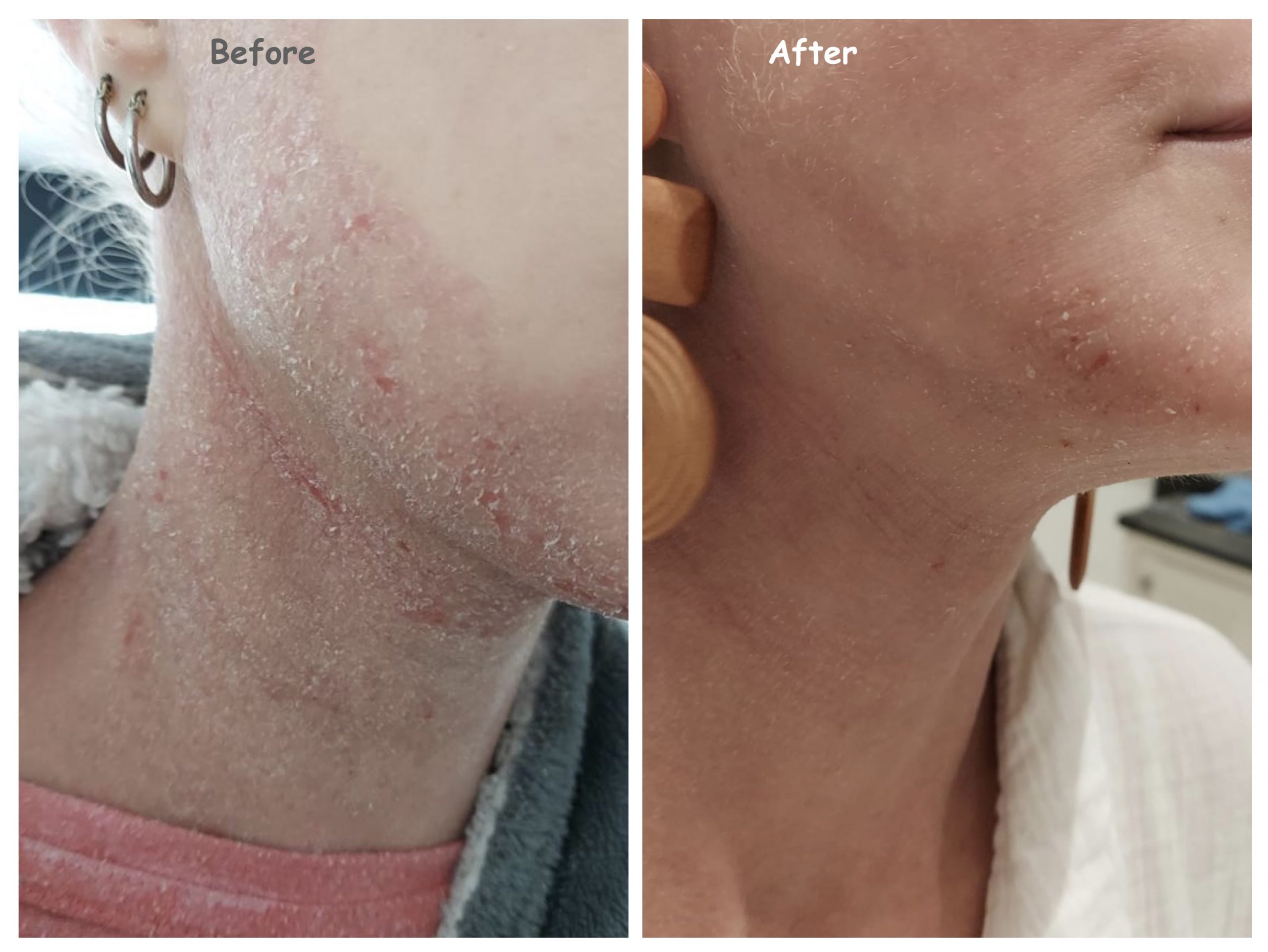
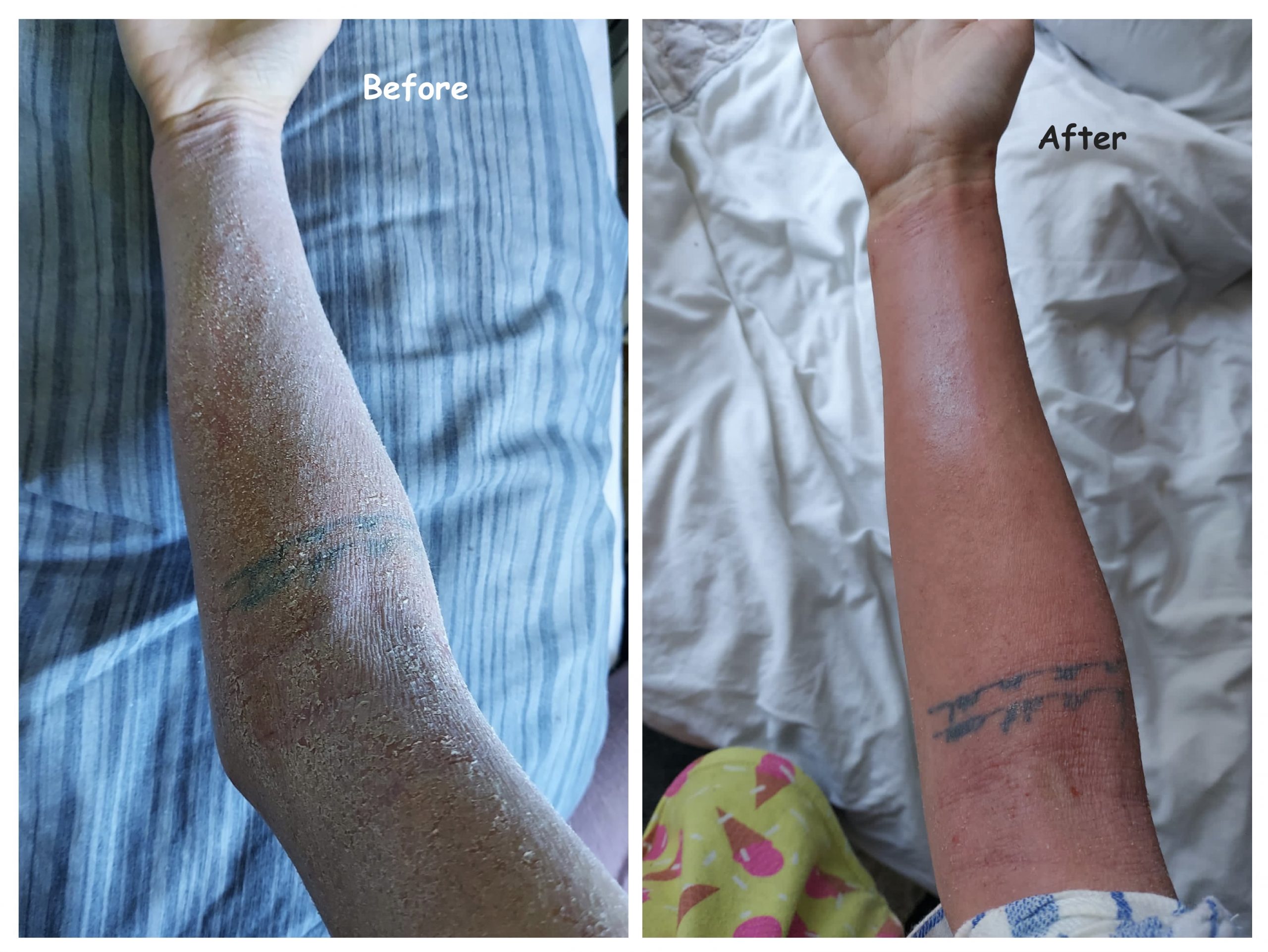
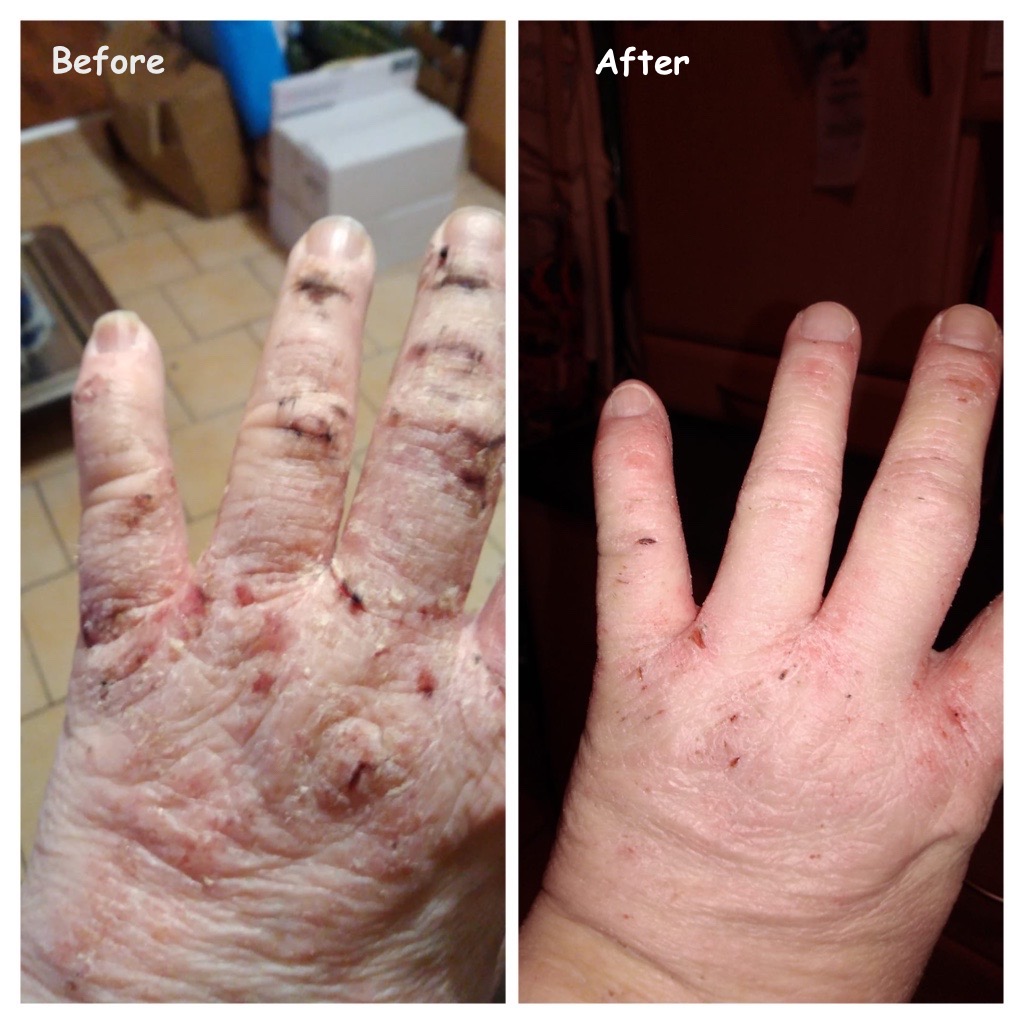
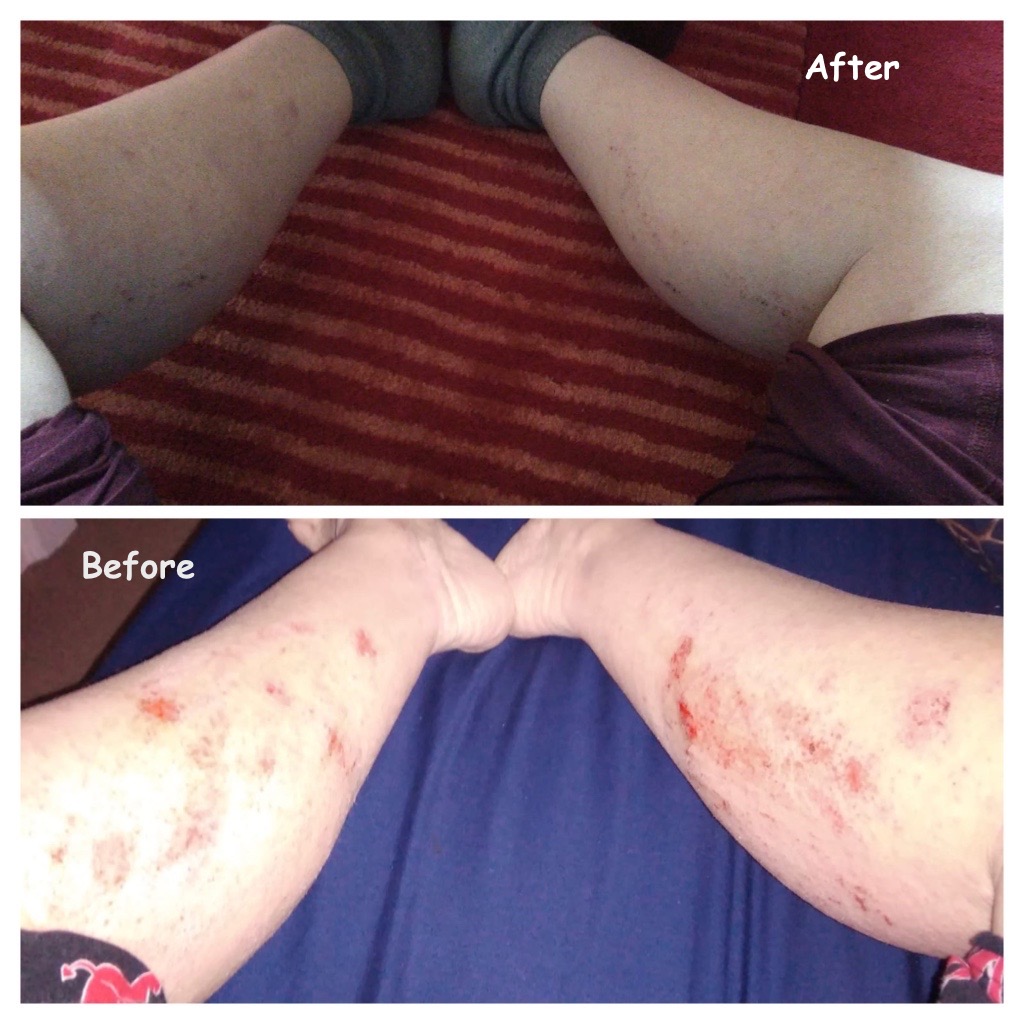
For queries and appointments please contact here
